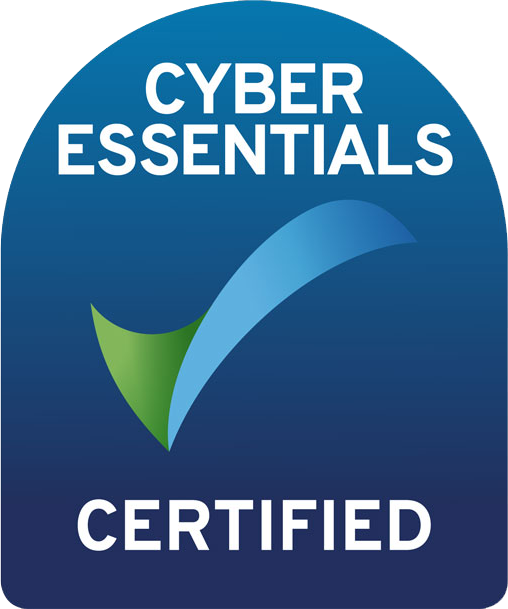What is the Construction Industry Scheme?
Often mistaken for being an additional tax, the Construction Industry Scheme (CIS) is in fact a tax deduction scheme with the aim of preventing fraud and tax evasion within the construction sector.
With HMRC becoming aware that there may be subcontractors carrying out work for bigger companies and not declaring the money that they’ve earned, CIS involves the contractor withholding some of the subcontractor’s earnings to pass onto HMRC.
This will then go towards the subcontractor’s tax and National Insurance (NI).
For more information on CIS, take a look at our Construction Industry Scheme page.
Registering for CIS
Every contractor working in the construction sector will need to register for CIS.
For help with how you go about doing this, read our How do I register for the Construction Industry Scheme as a contractor? page.
A subcontractor can choose not to register, but this will have an effect on how much of their earnings will be deducted.
For example, a subcontractor who is CIS registered will have a 20% deduction rate.
This figure increases to 30% for those who are not registered.
Some subcontractors may even have a ‘gross payment’ status set at 0%, which means you’ll pay them in full and then it is their responsibility to pay their own tax and NI at the end of the tax year.
Read our Construction Industry Scheme tax rates page for more information on this.
You’ll know whether or not they are registered for CIS and what tax rate to apply once you have verified them with HMRC.
How do I verify a subcontractor?
You won’t be able to pay a new subcontractor until you verify them and you can do this either by using the free HMRC CIS online service or via commercial CIS software – you’ll need to use the latter if you have more than 50 subcontractors to verify.
You’ll need to have certain information at hand when you do this.
You will need your:
- UTR (Unique Taxpayer Reference).
- Reference number for your HMRC accounts office.
- HMRC employer reference.
With regard to the subcontractor’s info, you’ll need their:
- UTR.
- NI number – if they are a sole trader (you can’t verify temporary numbers that start with either TN or two digits).
- Company name, company UTR and registration number – if they are a limited company.
- Nominated partner details, trading name and partnership UTR – if they are a partnership.
All of the information you provide must match the details that the subcontractor used to register with HMRC.
For further help on deducting and paying subcontractor tax to HMRC, read our How does Construction Industry Scheme tax work? page.
We hope you found this page useful. If you have any further questions on CIS or anything else, our team of experts are available to answer any queries, so give us a call on 01442 795 100 or email sophie.lewis@dolanaccountancy.com.




